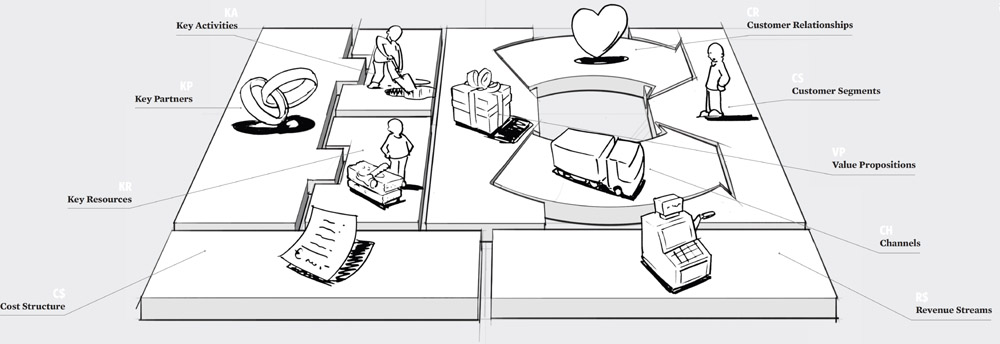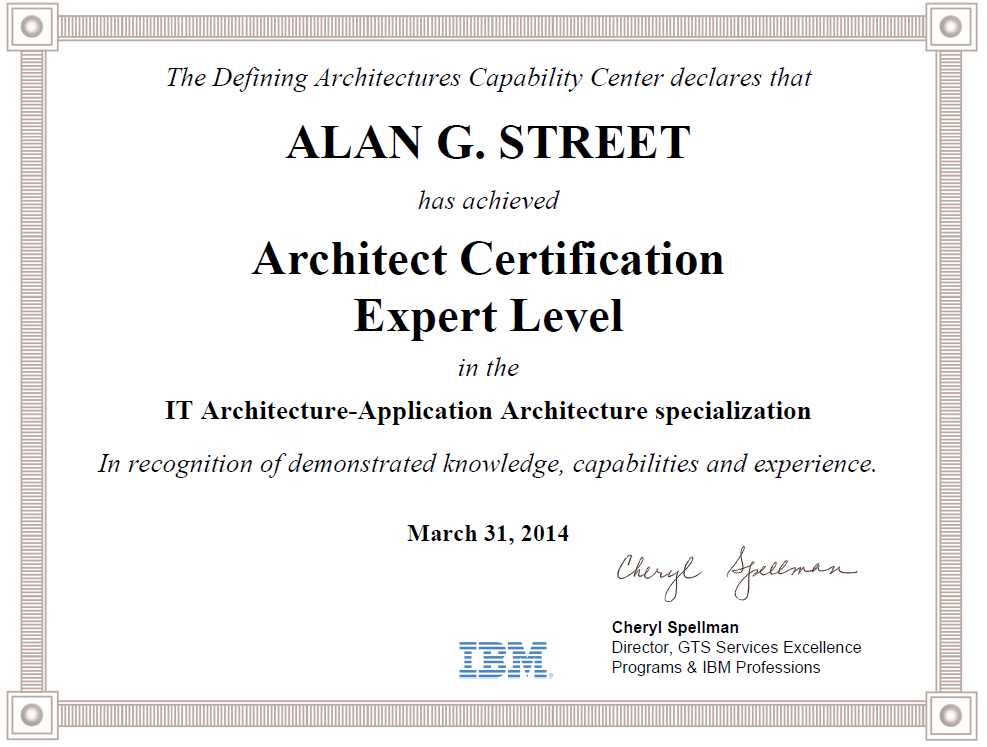I use this post to keep links to various banking studies in ASEAN.
Singapore:
- DBS study of affluent consumers, March 2014
- [DBS wants to] establish a stronger and longer term relationship with emerging affluent customers. The first-of-its-kind programme is part of the bank’s strategy to become a trusted banking partner to the emerging affluent segment even in the early stages of their wealth accumulation.
-
emerging affluent between the ages of 30-59, and with a monthly income of $5,000 and above, allocate around 29% of their income to savings, 30% to loans and investments, and 25% to expenses.
-
The total cash flow can be any combination of salary credit, credit card spend, investment dividend or mortgage installments.
-
More than 27% of working residents in Singapore have a gross monthly income of over SGD 5,000[1] and spend around SGD 1,500[2] on credit cards each month. Along with an average monthly mortgage repayment of SGD 1,150 for a 4-room HDB flat[3], this group would be eligible for the tiered interest rate of 0.98%.
- strategy: develop relationships with emerging affluent
-
uses game mechanics to influence consumers to consolidate banking business.
- NY Times, UOB, 2012
-
The first is that it’s a really large market opportunity,” he said. “We estimate that in most countries, 25 to 35 percent of the Consumer Financial Services revenue pool comes from people defined as emerging affluent.”
-
This segment, he added, is also growing at an estimated annual rate of 8 percent to 15 percent as more Asians climb the revenue and wealth ladders.
- At the end of 2010, Citibank conducted a detailed study of emerging affluent customers across seven Asian markets. The bank found that these customers favored convenience and responsiveness from their bank. They are also embracing new technologies, with 78 percent saying they looked for the bank with the best online services and 66 percent wanting to manage their accounts through their mobile phones.
-
- Ministry of Manpower, Gross monthly income from work, 2013
-
- Latest travel trends of affluent Singaporean travelers
- Singapore’s affluent travellers want access to internet banking while on holiday.
- “affluent travellers” as concerns the Visa Global Travel Intentions Study 2013, are travellers with monthly household incomes of Sin$ 11,000 or higher.
- The survey shows Singapore’s affluent travellers require constant contact with others with 82% accessing their emails and 61% accessing instant messaging platforms during their travels
- Affluent Singaporeans have averaged seven annual trips in the last two years, compared to the global average of three trips every two years.
- Standard Chartered 2012 survey of affluents in Singapore
- AsiaOne article, April 2013
- About 500,000 are in [the emerging affluent] bracket here, and this segment is tipped to expand 10 per cent year-on-year in the next three years, according to market research agency Datamonitor.





